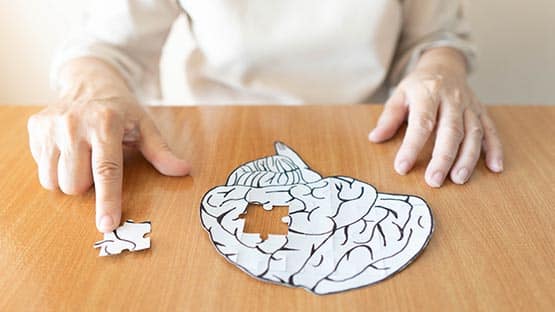
“Most people will see a dramatic difference during their morning commute on Monday, as roadways remain darker longer, causing concern for pedestrians,” said Tammy Arnette, Senior Public Affairs Specialist for AAA. “Motorists and pedestrians, including school students waiting at bus stops, need to be aware of these dangers, remain alert, and minimize distractions to reduce the risk of motor vehicle crashes.”
Losing an hour of sleep can also increase a motorist’s risk of drowsy driving. The most in-depth drowsy driving research ever conducted in the U.S. using footage of everyday drivers found that the percentage of crashes involving drowsiness is nearly eight times higher than federal estimates indicate, according to the AAA Foundation for Traffic Safety.
Drowsy driving is involved in more than one in five fatal crashes on U.S. roadways each year.
The Centers for Disease Control and Prevention says that 35 percent of U.S. drivers sleep less than the recommended minimum of seven hours daily. In a recent related AAA Foundation survey, nearly all drivers (96 percent) say they view drowsy driving as a serious threat to their safety and a completely unacceptable behavior. However, 29 percent admitted to driving when they were so tired they had a hard time keeping their eyes open.
“A change in time can mean that drivers are more tired than they realize,” said Arnette. “AAA warns that drivers who miss between one to two hours of the recommended seven hours of sleep in a 24-hour period nearly double their risk for a crash.”
The auto club offers motorists and pedestrians the following safety tips:
AAA Mid-Atlantic Tips for Drivers
- Slow down, pay attention and eliminate all distractions.
- Watch out for pedestrians when backing up in parking lots or driveways.
- Sun glare can make it difficult to see so:
- Increase your following distance from the vehicle ahead of you;
- Utilize your sun visor and invest in polarized sunglasses, as both can help reduce glare.
- Turn on your headlights to make yourself more visible during early morning and evening hours.
- Keep vehicle headlights and windows (inside and out) clean.
- Watch the high beams. Do not use high beams when other cars or pedestrians are around.
- Yield to pedestrians at crosswalks. Do not pass vehicles stopped at crosswalks.
AAA Mid-Atlantic Tips for Pedestrians
- Cross at intersections or crosswalks – not in the middle of the street or between parked cars. Do not jaywalk.
- Avoid walking in traffic where there are no sidewalks or crosswalks. If you have to walk on a road that does not have sidewalks, walk facing traffic.
- Evaluate the distance and speed of oncoming traffic before you step out into the street.
- Wear bright colors or reflective clothing if you are walking near traffic at dawn, dusk and night. Carry a flashlight when walking in the dark.
- Allow extra time and distance for a vehicle to stop in inclement weather.
- While walking, pocket the cell phone and avoid listening to your iPod or MP3 player at a volume that prohibits you from hearing approaching danger.
- Do not let umbrellas or jacket hoods block your view of approaching traffic.










